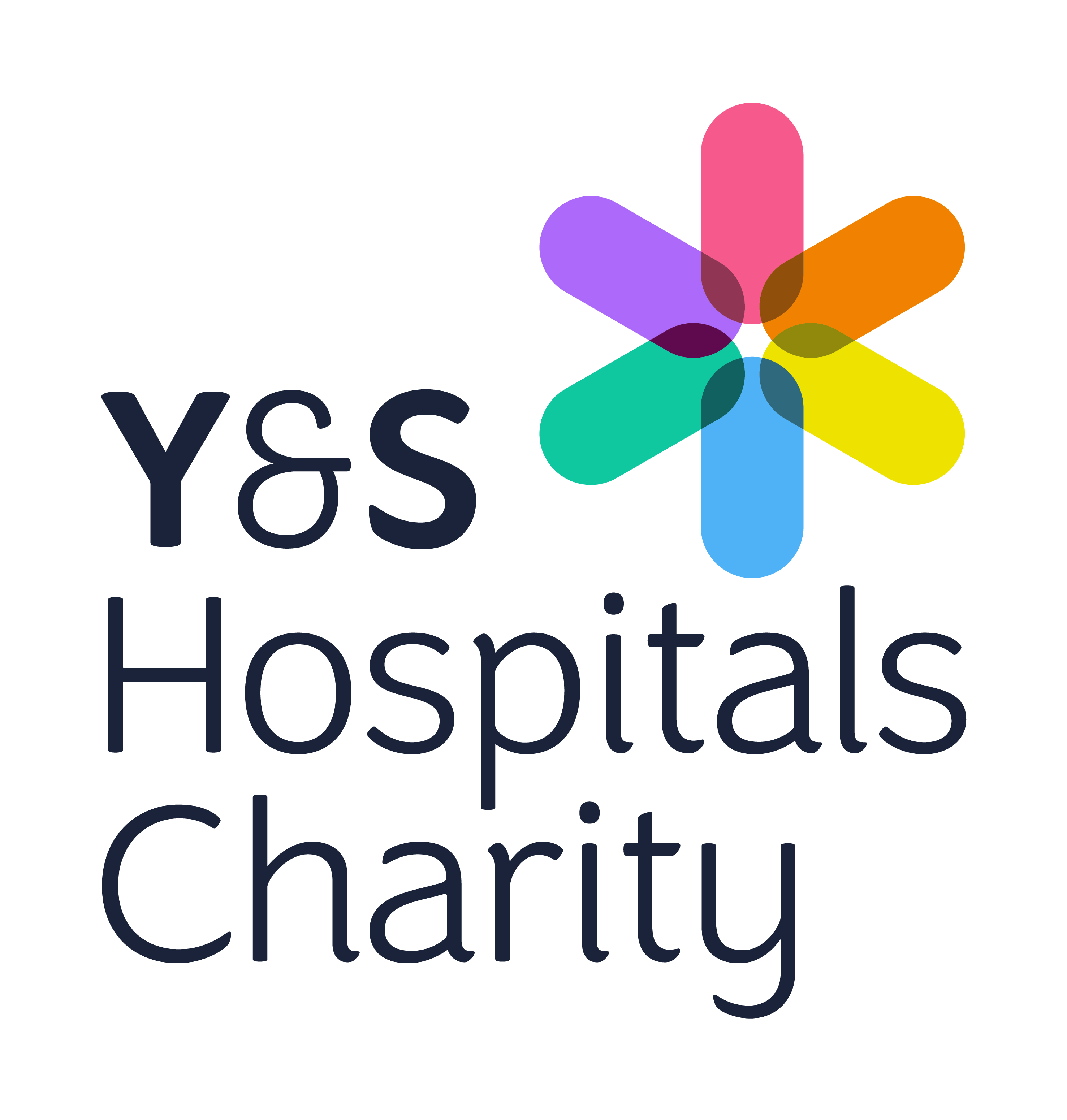In this section
Our key areas of work
Consistency of care
Clinical leaders continually look at our systems of work to make sure that patients in our care receive a consistent quality of service 24 hours a day, seven days a week.
Looking at of learning from deaths, incidents, complaints and litigation suggests that in some cases patients can wait too long to be seen or have treatment initiated. This can be a significant and contributing reason in the failure to quickly identify and treat some patients.
We will make sure that:
- Patients who are admitted to hospital for urgent treatment are assessed quickly
- Every patient who needs to be seen daily by a doctor, is seen daily
- All patients have a consultant review within 14 hours of being admitted to hospital
- Patients get access to specialist, consultant-directed interventions
- Patients get access to diagnostic tests within a 24-hour turnaround time or within 12 hours for urgent cases and within one hour for critical patients
Early detection and treatment
Problems surrounding the management of the deteriorating patient are often multifactorial.
To improve the medical response, we have developed a deteriorating patient pathway to support the junior doctors in their initial assessment. Targeted work on the recognition and treatment of Sepsis will continue.
The escalation policy is a graded response which makes sure a structured and timely approach to the deteriorating patient. The Trust will see implementation of NEWS2 in spring 2019 which will give an opportunity to look at our escalation policy.
We need to strengthen the recording of patients' ceiling of care as a fundamental part of this. Further work is also planned to help identify barriers and challenges.
We will:
- Increase knowledge of critical illness recognition and management
- Have a clear process for early detection of the deteriorating patient
- Set up tight escalation processes uniformly throughout the Trust
- Promote strict risk assessment and intervention for patients at risk of harm
- Give prompt initiation of treatment for those where time to treatment is essential
- Make sure communication between disciplines when making escalation decisions is clear.
Right care, in the right place, at the right time
Make sure our patients are in the right place to receive the right care, optimising flow and tackling unnecessary long stays in hospital are all key goals for reducing harm. Improving the movement of patients between departments is recognised to cut delays and bottlenecks in clinical areas. When our Emergency Departments are busy there is often a delay in getting an ill patient to an inpatient ward. Also, when the hospital is busy the Operating Department can experience delays waiting to move patients to Critical Care.
The key to improving patient flow in hospitals is believed to be reducing unwarranted change in process. A key part to making sure our patients are in the right place to receive the right care, improving flow and minimising delays is the SAFER care bundle. Simply, it relies on implementation of a bundle of elements of best practice to achieve the full benefits.
We will carry out the SAFER Patient Flow Bundle:
- Senior Review; all patients should have a senior review before midday by a clinician able to make management and discharge decisions
- All patients will have an Expected Discharge Date and Clinical Criteria for Discharge set by assuming ideal recovery and assuming no unnecessary waiting
- Flow of patients to begin at the earliest opportunity from assessment units to inpatient wards. Wards routinely receiving patients from assessment units will make sure the rest patient arrives on the ward by 10:00am
- Early discharge; 33% of patients will be discharged from base inpatient wards before midday
- Review; a systematic multi-disciplinary team (MDT) review of patients with extended lengths of stay > 7 days, to get them 'home first'.
Infection prevention and control
Hospital acquired infection remains a threat to the well-being of our patients and antimicrobial resistance presents extra problems in care.
The emergence of antimicrobial resistance for example, Carbapenamase-producing Enterobacteriaceae (CRE/CPE) is a key concern and we will continually look at our antimicrobial formulary and audit compliance with antimicrobial prevention guide including documentation of indication and course length.
The Director of Infection Prevention and Control will continue to monitor and tell to the Trust Board of Directors, data on IPC compliance, and continue to promote a culture amongst all staff of infection prevention awareness.
We will reduce the Incidence of Healthcare Associated Infections and encourage Antimicrobial Stewardship by:
- Making sure awareness of IPC measures via staff education, particularly hand hygiene and aseptic non touch technique
- Continuing to report surveillance and audit results to Executive Board and Board of Directors and to improve the results where necessary
- Improving the quality of antimicrobial prescribing and promote antimicrobial stewardship and commitment to improve
- Screening patients for resistant infections and give timely isolation
- Learning from adverse events and making sure MDT involvement in Post Infection Review (PIR) processes.
Areas of frequent harm
Analysis of adverse events in the Trust identities recurrent themes of potentially avoidable harm. These include morbidity and mortality from falls, errors associated with medicine administration and prescribing, development and deterioration of pressure ulcers and Never Events. Each will be subject to Serious Incident investigation and progress will be reported to Trust Board of Directors.
The National Confidential Enquiry into Patient Outcome and Death (NCEPOD) has identified a number of recurrent themes and common conditions for which the Trust will monitor as part of the Serious Incident review process, to make sure areas of frequent harm are addressed.
We will:
- Continue to reduce the incidence of serious harm to patients who fall in our care
- Monitor and respond to trends about medicine prescribing and administration after the implementation of Electronic Prescribing and Medicines Administration (EPMA)
- Continue to cut the incidence of pressure ulcer development to patients in our care
- Introduce local safety standards for invasive procedures.
- Learn from 'near misses'
- Develop capability and capacity to carry out good quality investigations
- Reduce harm caused by hospital related functional decline (deconditioning) as a result of unnecessary long hospital stays.
Learning from death
Learning all we can from critically examining care that patients receive before they die can teach us how to deliver safer care. This element of the strategy will continue to refine systems which make sure that a standardised approach will be taken to doing mortality reviews. Where trends can be identified, learning from reviews will be cascaded efficiently and improvements to patient safety made.
We are refining systems for mortality review which will be consistently applied in all clinical areas including our community hospitals. Where we are concerned about care before death we will investigate using either our serious incident process or the recently introduced structured judgement casenote review.
We will:
- Continue to promote and develop the existing processes of mortality review for all patients who die in our hospitals
- Develop processes for dissemination of learning from mortality review
- Make sure that all in-patient deaths are quickly looked at by a consultant
- Promote discussion of learning from mortality review at department governance meetings using the three monthly summary reports.






